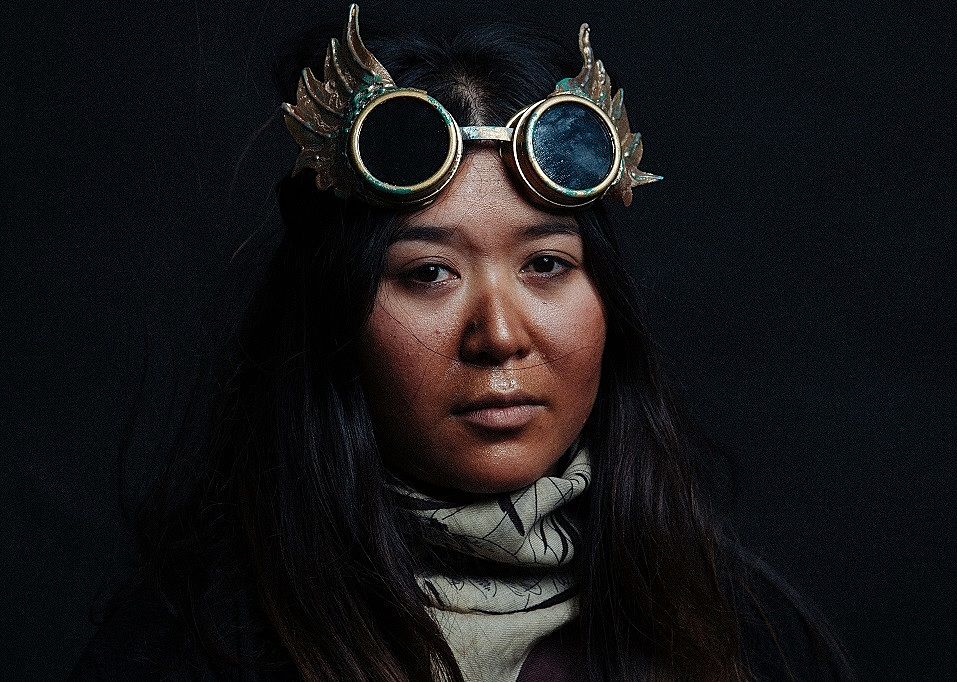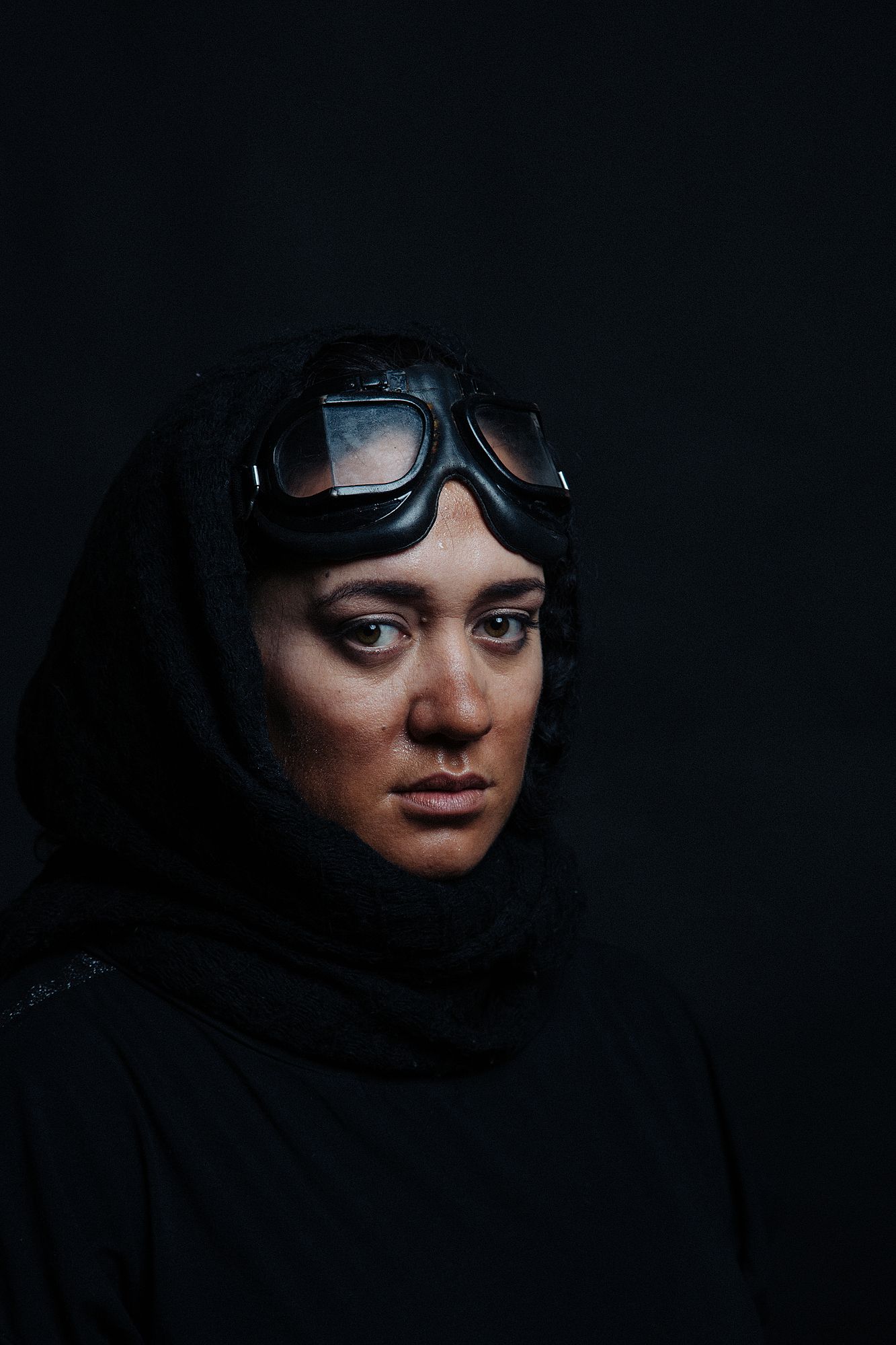Scorched Earth: A Review of The Night Mechanics
Miria George's latest is a hard-edged sci-fi dystopia about a New Zealand starved of water; Adam Goodall digs into its important, impatient broadcast.
Miria George's latest is a hard-edged sci-fi dystopia about a New Zealand starved of water; Adam Goodall digs into its important, impatient broadcast.
NB: This review contains spoilers.
It’s 2012. The Waitangi Tribunal is reporting back on WAI 2358, the National Fresh Water and Geothermal Resources Inquiry. The first question before them: what rights and interests (if any) in water and geothermal resources are guaranteed and protected by the Treaty of Waitangi? Annette Sykes, coordinating counsel for interested parties, submits that it’s best to understand the tangata whenua relationship with water through the creation myth. The cleansing waters of Papatūānuku, Sykes tells the Tribunal, are used to nurture Tane’s children. She quotes the late Hohepa Kereopa:
“...upon its descent through the warmth of Papatūānuku, the mists will begin to elevate. When it is nightfall the dew begins to fall on the surface of the earth, which are the land winds. All the rivers converge together from the valleys which follows the descent of the waterfalls forming into the miina or the cleansing waters whose role is to gather all the impurities together and carry them to the river mouth. As a cleansing for the children of Tangaroa the crest of the moon is lifted creating the mist and clouds, allowing the process to begin again.”
Everything is connected and nothing is divisible, she says. Tangata whenua draw from the taonga and – in reciprocity – care for it. That kaitiakitanga is crucial and immutable, especially in the face of a colonial common law.
The Crown’s lawyers respond. No-one owns the water, they say. If Māori have ‘rights and interests’ in it then “the full nature and extent of those rights and interests has not yet been defined.” They’re certain, though, that there’s no way their asset sale agenda can possibly have an impact on those undefined connections. Just chill out.
*
The Night Mechanics, written and directed by Miria George (Te Arawa; Ngati Awa; Rarotonga & Atiu, Cook Islands), is the logical conclusion of this clash of values, a forecast of the end of the line. It starts with what sounds like a contemporary radio bulletin talking about (as best I can tell) our unsustainable relationship with water. Words like ownership and guardianship are bandied about by people who believe in them and by people who see them as a means to their capitalist end. Cara Louise Waretini’s costume design is even influenced by Mad Max: Fury Road, that Hollywood blockbuster about water scarcity in a post-apocalyptic desert. At the heart of it all, George’s furious question: what is our relationship with a taonga once we’ve destroyed it?
Hine (Carrie Green) lives on a once-fertile pā somewhere in the Central North Island. Zelda (Sarita So), an earnest refugee who wants to get back to the island she calls home, is her only company as she rages at the world and at her brother, Manu (Ahi Karunaharan). She’s furious at Manu because he screwed up; after their father died, he went over her head and sold the water on their land to The Water Company, a voracious corporation that promptly drank their aquifer dry. The Water Company have long since left, and Manu’s now the de facto mayor of Car City, a loose settlement of desperate climate refugees outside the pā. But then water miraculously comes back to the whenua, The Water Company catches wind of the news and Hine’s grim stability is suddenly, irrevocably under threat.
This is a grand dystopia of rough edges and brutal politics. George’s characters are sly and sharp and can’t help but see their world for what it is – “They no longer take the land,” one character observes, “but bleed the life from it instead.” George feeds us the world through that dialogue. Their observations and histories and insults fill in the gaps of this near-empty space (aside from some stainless steel bowls and scattered stools wrapped in packing twine and plastic, the stage is bare). They take us from the pā to Car City and, eventually, to The Big Smoke, the urban jungle that the The Water Company calls home.
For example, we learn about Darren (Dawn Cheong) early. Darren’s a Malaysian woman and a Thatcher feminist who’s disguising herself as a white man so that she can seize control of New Zealand’s patriarchal government of one-percenters. We know about her, but what we know about The Big Smoke – how it looks and feels and functions – we have to learn through her movement and the music and snippets of dialogue.
Throwaway sentences tell us about water rations and libraries burned for fuel. Karnan Saba’s score, skittery percussion and neo-noir saxophones and the hiss of a cassette tape, exposes the city’s mechanical heart. And Natano Keni’s elastic, exhilarating performance as Father Teal, a former priest-turned-missionary for the Company, clues us into the differences between the city and the country. Keni is quick to turn on the charm, a classic schmoozer without a moral compass, but he quickly adapts to – or rather, submits to – the Big Smoke’s glitchy physical language. He mimics Darren’s jerking, unhuman movement, freely forfeiting his identity so that he can live comfortably.
George’s characters are sly and sharp and can’t help but see their world for what it is – “They no longer take the land,” one character observes, “but bleed the life from it instead.”
We learn a lot about the pā in the same way. George’s script throws us into the middle of their struggle and doesn’t make any allowances for our lack of knowledge. We’re rarely given more than a sentence of backstory at a time and we only learn about critical plot points like Car City when they’re needed. The only real break from this economic storytelling is in Hine’s mournful, reflective monologues. Cast in a moonlight-blue, she recalls her relationship with her late father and their connection with the whenua. The land has lost its lifeblood and Hine, unable to shake that she was “meant to lead”, is rudderless because of it.
That story is beautiful and sensitive and a lot to take in; an hour’s much too short for what George is trying to tell. Which is part of the problem. George tells us in the programme that her kōrero was “Crafted quickly...urgent and imperfect,” but even though this script is carefully built and powerfully impatient, some of its urgency has been lost in translation.
That’s never more clear than when the walls start closing in on everyone during the third act. Even as Hine and The Water Company power toward their final confrontation, good’s final stand against evil, The Night Mechanics doesn’t get any faster or more desperate. Green, Karunaharan and So all do good work: Karunaharan drifts through scenes like his mana has been ripped from him and Green’s unapologetically snarky, calling out Zelda for her optimism and talking like she’s spoiling for a fight. But they never really feel like they’re under unbearable pressure.
Even Green’s final speech, rallying an army of refugees to defend the pā from the greedy, slavering forces of capitalism, doesn’t really get loud or aggressive or thrilling. We end on this powerful call to arms but there’s no last-gasp passion in the delivery, no soaring score, no bold lighting (lighting designer Natala Gwiazdzinski uses a lot of contrasting blues and oranges, a well-worn sci-fi colour palette evocative of a rusted, dustbowl New Zealand, but the repetition flattens the story). It’s all deeply anticlimactic for a revolution.
The Night Mechanics is furious and alert, exciting to listen to and absolutely worth hearing. But it also feels like a work in development, one that’s been put up now because the issues it addresses simply can’t wait. I want to see what this story looks like two years, one television deal and two million dollars from now. But our country’s popular art, and especially our country’s popular theatre, needs to push these conversations hard now, to talk to its comfortable audience about imperialism, rapacious capitalism, climate change and our dying environment with force and without compromise.
There’s been some progress in the five years since the Crown stood before the Waitangi Tribunal and told them that no-one owned the water. In March, for example, the Te Awa Tupua Act granted long-overdue legal personhood to the Whanganui River, recognising the spiritual connection local iwi have with the river. But progress like this has been hard-won; that one Act took 140 years of fighting and negotiating with a colonial government. With Stage Two of the Tribunal’s report on the freshwater inquiry currently underway, we should brace ourselves to hear that refrain, popular with the powers-that-be, again and again and again: Just chill out.
So even if The Night Mechanics is imperfect, its energy flagging just as it should be picking up, it’s actively pushing back against that refrain that we should all just chill out. It lights a spark under you. That’s a thrilling lead to follow.
The Night Mechanics runs from 29 August to 9 September at BATS Theatre.
Tickets available here.



